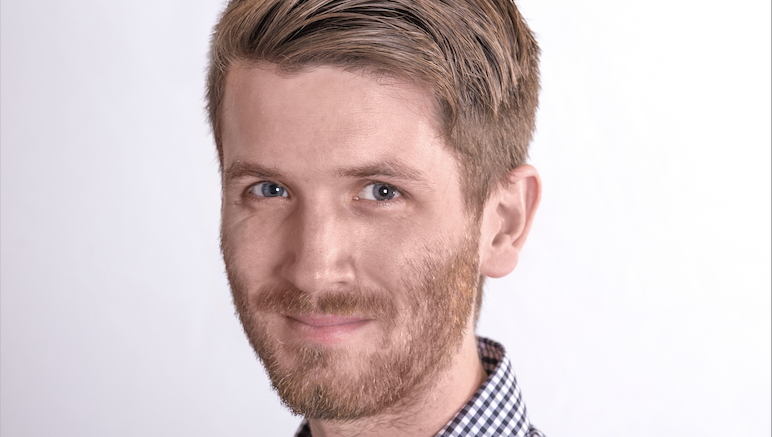Chris Pascoe, an assistant professor in the Max Rady college of medicine, has been awarded funding from the New Frontiers in Research Fund (NFRF) to support his research into investigating the causal link between smoking mothers and poor infant lung health. The NFRF, which supports high-risk, high-reward interdisciplinary research, announced more than $1.2 million awarded to University of Manitoba researchers across five projects.
Pascoe, along with co-investigator Meghan Riddell from the University of Alberta, plan to explore the possibility of amniotic fluid transporting inflammatory proteins from the mother to her fetus, thus carrying the damaging effects of smoking to the baby.
“There was a paper that was published that I thought was really cool — it was in mice — where they looked at mice where they had made them to have a higher level of an inflammatory protein in the amniotic fluid,” Pascoe said.
“And when they looked at the offspring, their airways were twitchy, or they had more signs of asthma. And so, my thought was, OK, if you can make mice look like this by giving them more of this inflammatory cytokine, what things might be influencing the level of that protein in the amniotic fluid?”
Pascoe reached out to laboratories and found no one was keeping amniotic fluid samples along with other tissue samples after birth. Riddell, who works with placental biology, had the necessary access to tissue samples for Pascoe’s emerging project idea.
“We decided to apply to this [NFRF] grant with the idea being that this kind of fits that high-risk, high-reward setting, which is [that] nobody has looked at it, nobody knows if we’re going to find anything,” Pascoe said.
“We may find absolutely nothing. So in that case, it’s high risk. But it’s also high reward because, if we do find something, then it’s a new paradigm for how the outside environment gets communicated to the fetus.”
Scientists know that blood is likely a carrier of these cytokine proteins, but according to Pascoe, lungs do not receive much blood in the womb which leads him to believe there is another tissue that transmits these proteins across the placenta.
This project is considered high-risk because Pascoe and Riddell have no pilot data to suggest that launching a full-scale project will likely show the results they expect. Pilot data, which suggests feasibility, is an essential part of most grant applications. Once the researchers have data on the amniotic fluid, there may be several subsequent research questions that emerge.
The interdisciplinary nature of this study also makes it novel. Pascoe’s research interests include studying lungs, smooth muscle mechanics and muscle contractibility, while Riddell focuses on gynecology and obstetrics. If their research finds these proteins are shared with the fetus through amniotic fluid, they will have discovered a new method by which information is transferred from the outside world into the womb.
In the first year of the study, Pascoe and Riddell will use a multiplex enzyme-linked immunosorbent assay to test upwards of 50 different inflammatory molecules in the amniotic fluid of approximately 100 individuals. This test will help the researchers develop an inflammatory profile for cigarette smokers. Then the researchers will test the inflammatory profiles on a model consisting of cells to see how the cells react.
“We use a model of epithelial cells,” Pascoe said.
“These are the cells that line the airways. You can think of them as your skin, but inside your lungs. And so, in asthma there’s certain changes that occur within these cells, the most apparent one […] is mucus. These cells, in asthma, they make a lot of mucus.”
In the second year of the study, researchers will be trying to characterize the reaction between amniotic fluid and epithelial cells.
Pascoe and Riddell are currently recruiting a master’s student to assist with the project with the hope that there may be more research opportunities in the future.
“Given that this is a two-year grant, really to focus on an area that’s not explored at all — this kind of high-risk, high-reward — the hope would be that we find some signals that are interesting [and] that we can pivot this into a larger, longer-term grant,” Pascoe said.


